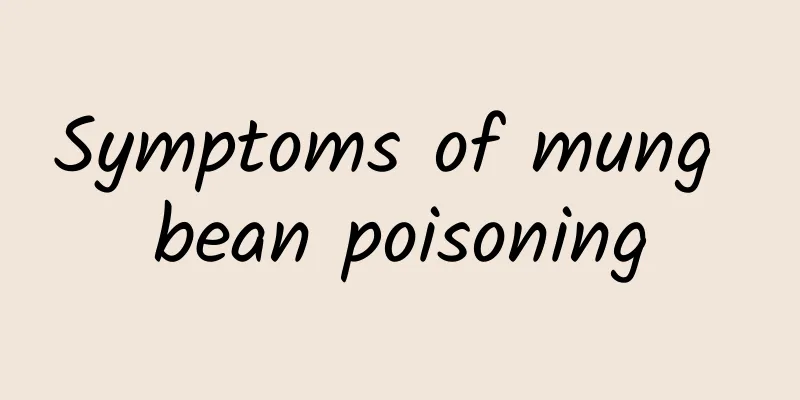How to kill mites? Which season has the most mites?

|
Mites are microscopic pests that are invisible to the naked eye. They are very common creatures and have appeared many years ago. Mites will appear on our daily underwear and bedding. Even if they are exposed to the sun every day, there is no guarantee that there will be no corpses of mites. Mites will secrete allergens and bacteria and viruses. Some people are naturally allergic to mites, so once mites appear, it will cause systemic allergies. Killing the mites is imperative. There are the most mites in spring, so you must pay attention to cleaning and use anti-mite disinfectant in time. You can also prepare anti-mite bedding to ensure that they are completely gone.
The troubled spring of mites Spring is the peak season for allergic diseases. Because when the sun gets warmer in the spring, these tiny mites begin to stir up trouble. Dust mites are active frequently in warm and humid places. If living mites directly invade the human body, people can suffer from asthma, bronchitis, nephritis, allergic rhinitis and allergic dermatitis. Among the many allergens, allergic diseases caused by dust mites are the most common. According to statistics, about 90% of childhood asthma is caused by dust mite allergy. In addition, flour mites can cause intestinal acariasis and pulmonary acariasis, and sweet food mites can cause people to suffer from various allergic diseases. The bodies of some dead mites can also cause human allergies, such as eczema, asthma, rhinitis, etc. Indoor distribution of mites Scientific statistics show that there are as many as 16 types of indoor mites, with dust mites being the most numerous. They are most commonly found in carpets, quilts, mattresses, pillows, floors, sofas, etc. As people clean up, such as sweeping the floor, making beds, etc., they enter the indoor air and spread to every corner and floor. Flour mites breed in food and grains such as biscuits and milk powder, while sweet mites like to feed on white sugar, flake sugar, maltose, and syrup. Most of these two types of mites are eaten into people's bodies through their diet and cause illness. In addition, some mites bite and suck blood directly to infect people and cause illness, such as gama mites and chiggers... Tips to stop mites How can a family live in peace when they have to live with mites and diseases? Take some green measures quickly and nip them in the bud in the spring! Anti-mite strategy 1: Frequent ventilation Dust mites like humid, high temperature, cotton and linen fabrics and dusty environments. The temperature of 20-25℃ and relative humidity of 65%-80% are very suitable for the development and reproduction of dust mites. Therefore, dryness and frequent ventilation are the best weapons to eliminate them. In order to completely prevent and control the harm of mites in the home, you must open the doors and windows frequently to ensure ventilation and light transmission. Especially when using air conditioning, you should pay more attention to indoor ventilation and air exchange. Anti-mite strategy 2: Dry your clothes frequently Except for not being able to go up to the sky, mites can go everywhere, and they especially like to make their homes on cotton and linen fabrics. Therefore, you must clean and dust your clothes regularly, and wash your bedding once every two weeks with hot water at about 50°C. Also, try to simplify the layout of the bedroom to facilitate dust removal. It is best not to lay carpets indoors, and do not place tapestries or other items that easily accumulate dust in the home. Anti-mite strategy three: "wet operation" cleaning method The mites hidden in the beds and sofas and their excrement may fly into the air when the room is cleaned, and then be inhaled into the bronchi, which can easily cause obvious allergic symptoms. When cleaning, be sure to use a wet rag or a special mite-removing rag, develop the habit of "wet work", and be sure to avoid raising dust to reduce the chance of mites being dispersed through the air. |
<<: What is the treatment for thoracic vertebrae fractures?
>>: What is the treatment for Helicobacter pylori positive?
Recommend
What is peripheral neuropathy?
What should we do with peripheral neuropathy? For...
How to treat synovitis in children
When children have some health problems, parents ...
What causes diarrhea and sweating?
Many people suffer from diarrhea in life. This ph...
Itchy skin with small bumps
If your skin becomes itchy and accompanied by sma...
Can Luobu Ma tea effectively lower blood pressure?
Hypertension poses a great threat to the health o...
How to regulate Qi deficiency, blood deficiency and kidney deficiency, TCM regulation of deficiency syndrome
Kidney deficiency, Qi deficiency and blood defici...
Will taking Chinese medicine make you fat?
There are many types of traditional Chinese medic...
The role of moxa sticks
Moxa sticks have many uses, but people may not be...
The difference between blistering and scalding caused by moxibustion
In traditional Chinese medicine, moxibustion is a...
What is the correct way to boil Chinese medicine in an electric rice cooker?
As people become more familiar with medical knowl...
Low neutrophil count in blood test
If the neutrophil count in a routine blood test i...
Aloe vera for athlete's foot
Perhaps some small lives are being nurtured in th...
Dandelion granules efficacy and function
Recently, many friends have told me about the fun...
Causes of fever
Fever is very common. Colds are the most likely t...
Do you feel bloated every afternoon when you are pregnant?
Women need to pay special attention to their body...









